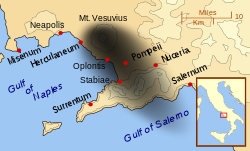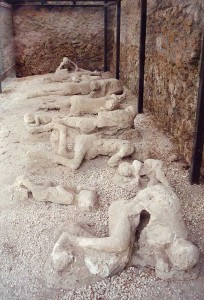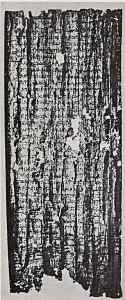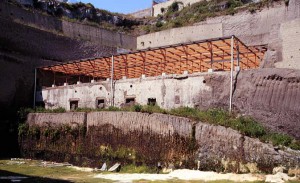In the recent news, scientist and historians are working together to attempt to read some the ancient scrolls preserved by Vesuvius.

For those of you who do not know the story of Pompeii and Herculaneum: Check out some previous blogs (here and here)! So, for the short and sweet version, two entire cities were well preserved in ash which means artifacts and people were preserved.
ANCIENT SCROLLS
“The papyri have been burnt, so there is not
a huge difference between the paper and the ink,” Mocella told Live Science. That made it impossible to decipher the words written in the documents.

Papyrus discovered at the Villa of the Papyri. Courtesy of WikiCommons.
Though eventually metallic inks made their way into the mix, it was assumed that this happened well after 79 AD. But when the scientists took fragments of the scrolls and put them in a particle accelerator, the technique revealed quite a lot of lead in the ink. Lead is something that X-rays, if sensitive enough and calibrated the right way, can pick up on. The scientists have plans to X-ray the scrolls in Naples this year. This method has left many historians hopeful for the potential information and even library under the Villa of Papyri.

Villa of the Papyri.Courtesy of WikiCommons & Eirk Anderson
For more information and news, check it out here.









Comments:
ocelot:
Cool